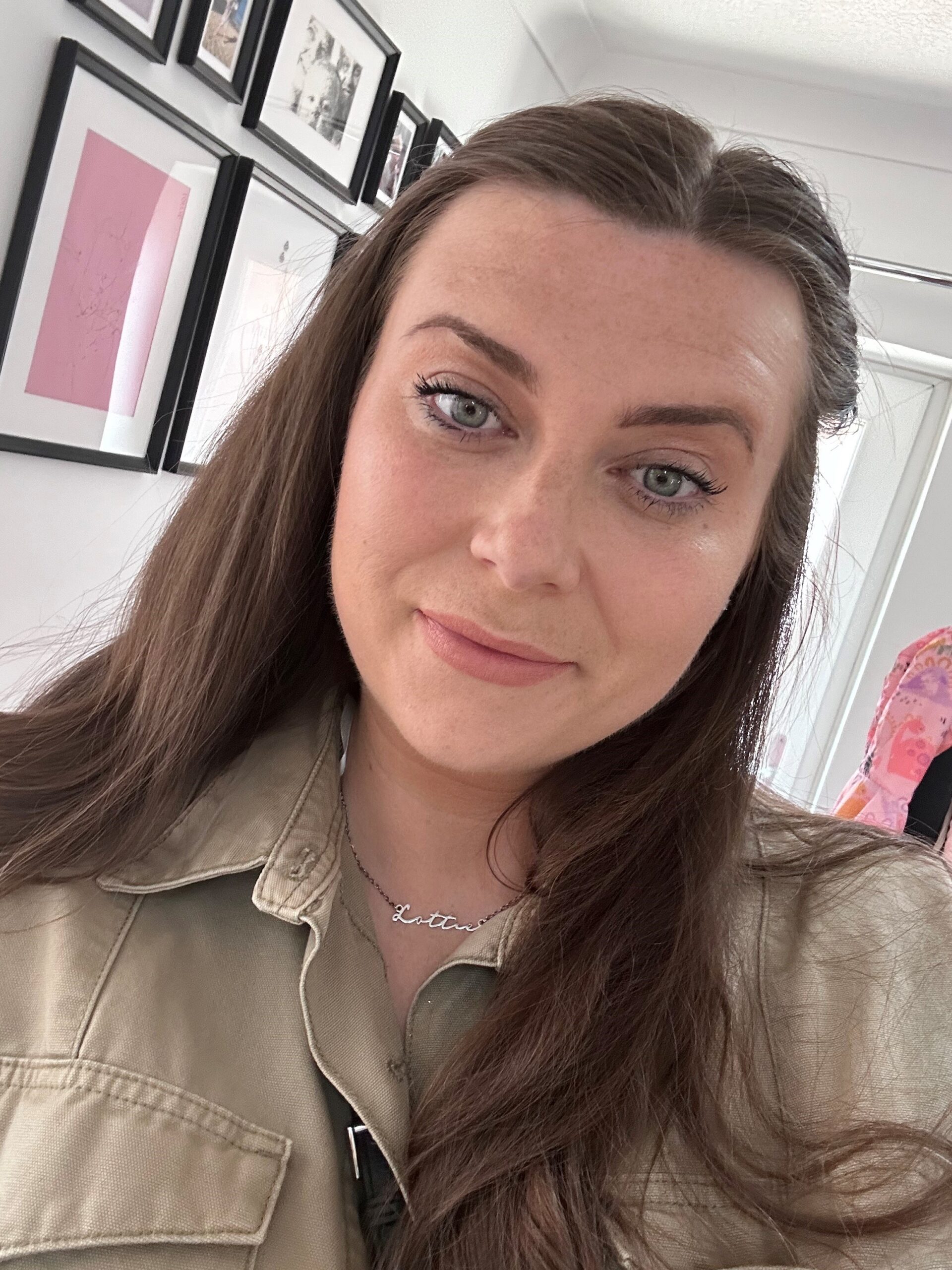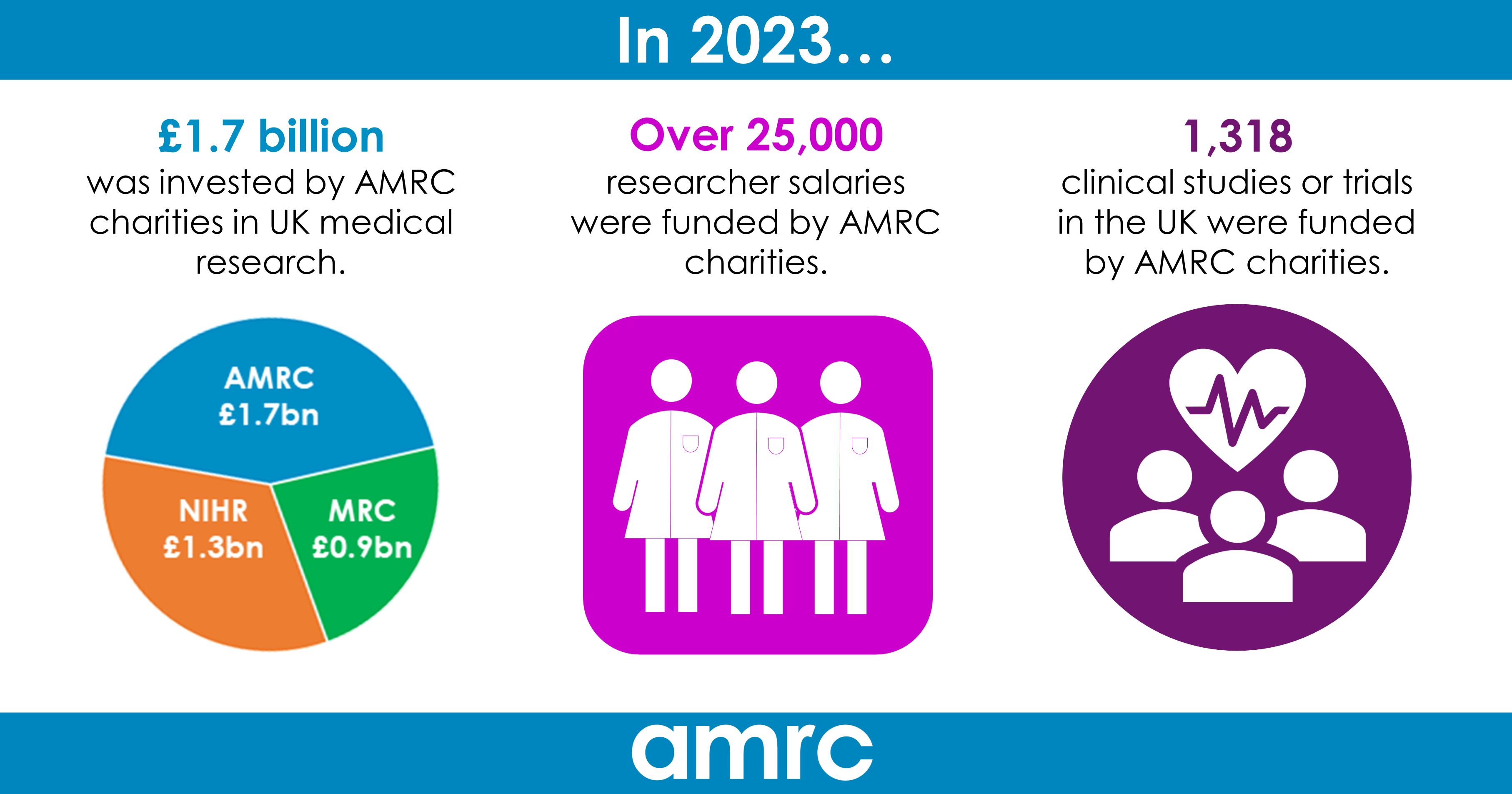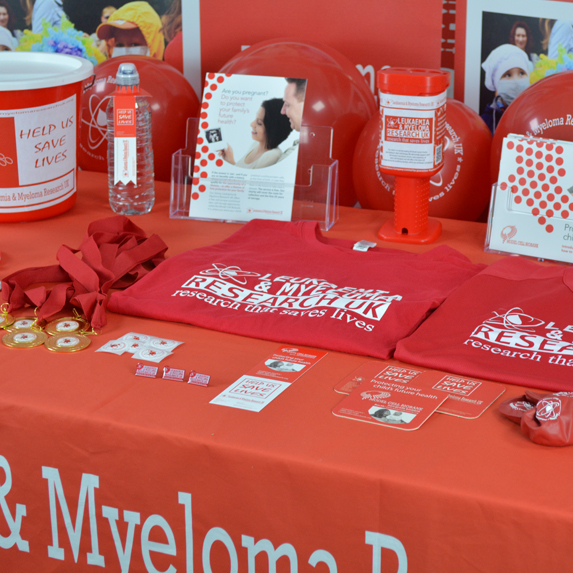
Today on World Cord Blood Day 2018, we look back on 30 years of growth since the first cord blood transplant in 1988, and we look forward to new applications of cord blood from the frontiers of research. The charity Leukaemia and Myeloma Research UK is one of the innovators in this field, as the first non-profit to offer free cord blood banking to families with a qualifying medical need.
I founded the Parent’s Guide to Cord Blood Foundation 20 years ago after my daughter Shai died of leukemia. We spent months searching for a matching donor to give her a stem cell transplant, and despite Shai having a mixture of Jewish and Hispanic ancestry, the perfect match we finally found was a man from Liverpool. If there had been more cord blood banked in those days, we could have found a matching cord blood unit and gone to transplant much faster, and maybe she would have survived. This is why I work to raise awareness and education about the value of the stem cells in umbilical cord blood.
Cord blood is the most versatile source of stem cells for patients with blood cancers because the donor and patient do not have to be perfectly matched. Since 1988, there have been over 40,000 cord blood transplants worldwide. Currently, biotech companies in the United States, Canada, and Israel are racing for regulatory approval of technology that “expands” cord blood transplants so that more patients can receive this therapy and leave the hospital more quickly.
The mission of Leukaemia and Myeloma Research UK is to prevent people dying from blood cancer through more effective treatment in the future. This World Cord Blood Day we are excited about the current and future applications of cord blood to fight blood cancer.







